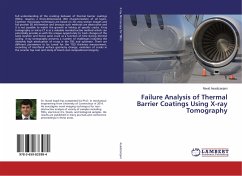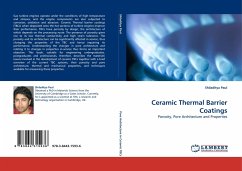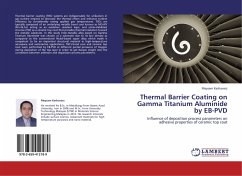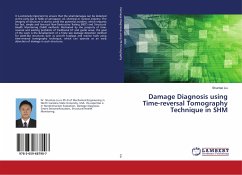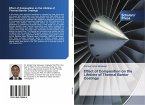Full understanding of the cracking behavior of thermal barrier coatings (TBCs), requires a three-dimensional (3D) characterization of all layers. Common microscopy techniques are based on 2D cross section images and fail provide 3D information and because such methods are destructive and it is not possible to watch the growth or linking of specific cracks. X-ray tomography or micro-CT is as a valuable nondestructive method which can potentially provide us with the unique opportunity to track changes of the same location and hence same crack as a function of time during thermal cycling. X-ray tomography presents a number of challenges including the relatively high attenuation of x-rays in the TBC and substrate. There are different parameters to be tuned for the TGO thickness measurement, recording of interfacial surface geometry change, evolution of cracks in the ceramic top coat and study of bond coat compositional integrity.

